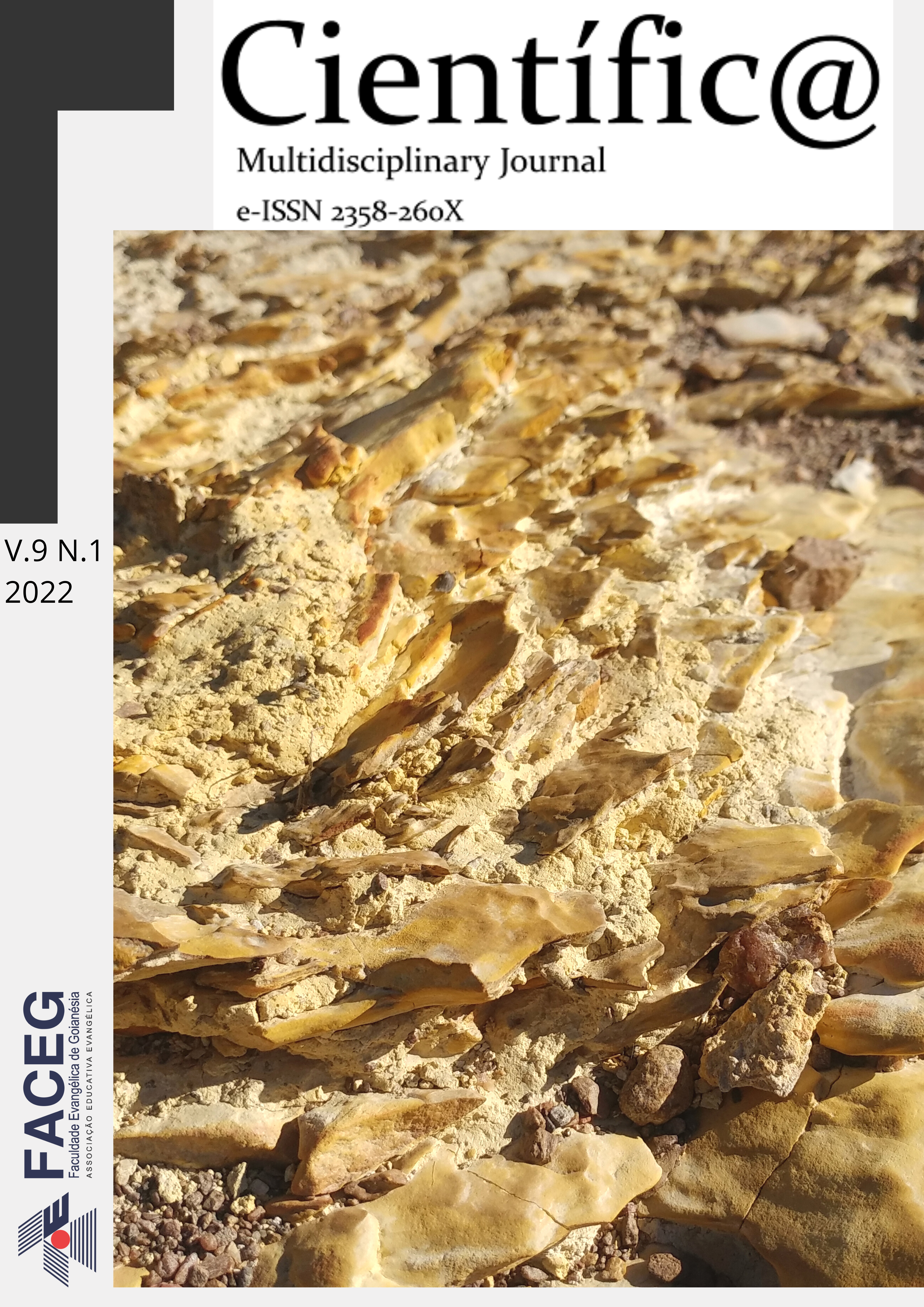TECHNOLOGICAL USE OF CARROTS TO PRODUCE HOMEMADE BREAD
DOI:
https://doi.org/10.37951/2358-260X.2022v9i1.5935Abstract
The objective of this work was to analyze the technological use of carrots in the manufacture of homemade bread. Nowadays, people have been looking for a better quality of life and health, opting for healthy food. With this, functional foods have gained ground in people's daily lives. Carrot (Daucus carota) becomes an option for improving the nutritional values ​​of bread, since carrots are rich in vitamin A precursors (β-carotene), essential minerals and have a low caloric value. Four homemade breads enriched with different concentrations of processed carrots (0%, 7.5%, 10% and 15%) were produced. Physicochemical analysis of raw material and breads (pH, moisture, ash and acidity) and microbiological tests (total coliforms and thermotolerant coliforms) in triplicate were performed. The data from the physicochemical analyzes were tabulated and submitted to the Tukey test (5%) and the data from the microbiological analyzes were tabulated and analyzed descriptively. The pH, moisture, ash and total titratable acidity content of the raw material was 6.62, 89.57, 0.74 and 1.60, respectively. The highest pH and moisture content was verified in the 15% treatment, both differing from the other treatments. The lowest level of total titratable acidity found was in the 15% treatment, which differed statistically from the other treatments. The treatment with the highest acidity content was 10%, which did not differ from the other treatments. The microbiological analysis of the raw material and treatments showed low levels of contamination by total coliforms and thermotolerant coliforms. The results of microbiological analysis indicated that breads and grated carrots were within the parameters established by Brazilian legislation. It is concluded that the use of carrots increases the nutritional content of bread, avoiding waste and disposal, contributing to a healthier diet.
Downloads
Published
How to Cite
Issue
Section
License
Esta revista oferece acesso livre imediato ao seu conteúdo, seguindo o princípio de que disponibilizar gratuitamente o conhecimento científico ao público proporciona maior democratização mundial do conhecimento.
A partir da publicação realizada na revista os autores possuem copyright e direitos de publicação de seus artigos sem restrições.
A Revista Científic@ - Multidisciplinary Journal segue os preceitos legais da licença Creative Commons - Atribuição-NãoComercial 4.0 Internacional. 

